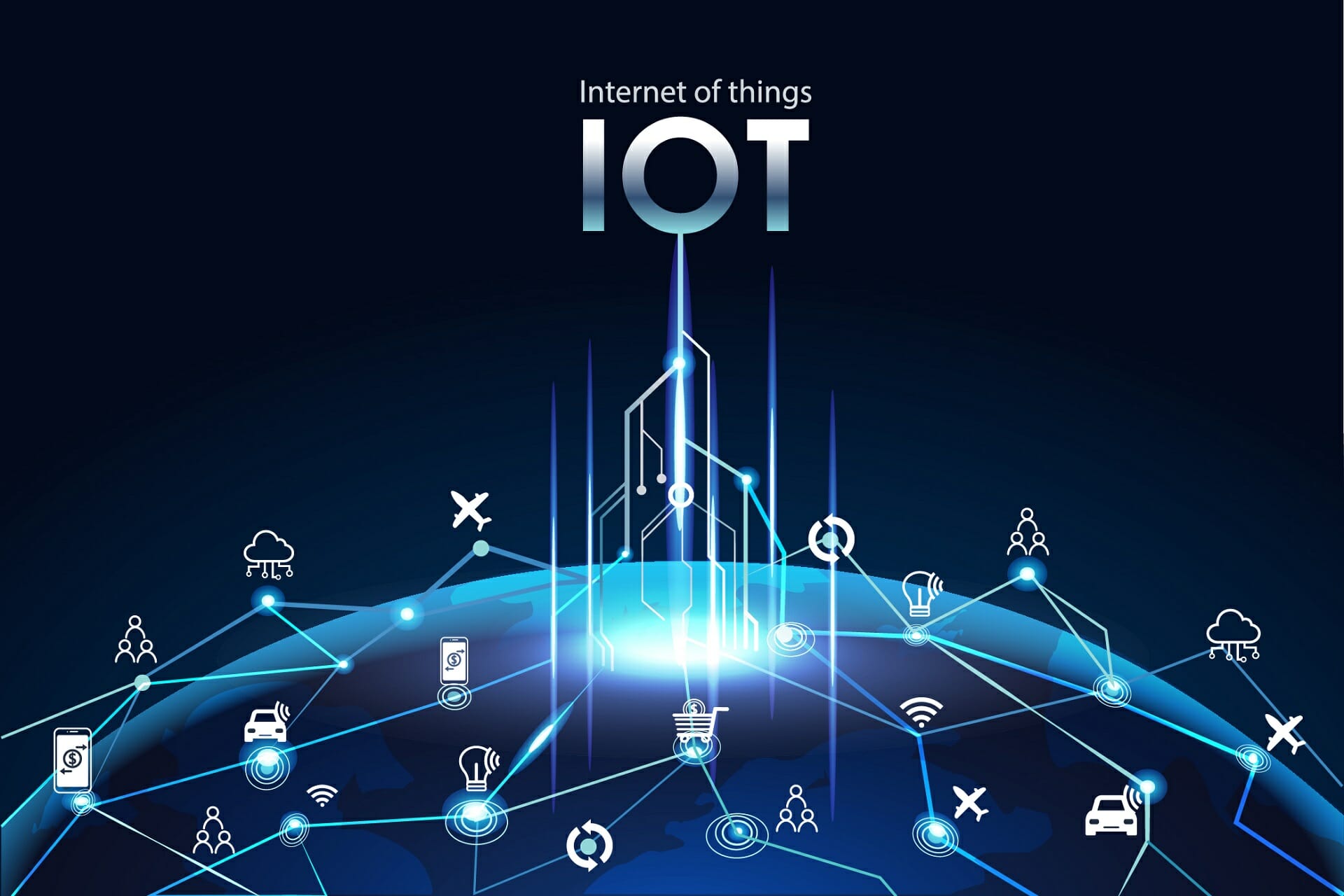IoT Simulation Software: Best to Use in 2024 [15 Tested]
Test the performance of real apps on a virtual network
- In order to design and test apps without using real IoT boards, you need the best IoT simulators.
- The software below allows you to simulate large-scale IoT installations in your own virtual IoT lab.
- Another tool lets you develop and test smart devices, and collect and analyze IoT data in the cloud.

IoT simulators allow you to design, create, and test IoT apps and devices without using real IoT boards.
If you’re looking for an IoT simulator but can’t decide which one to get, read this article to learn the best IoT simulators you can use on your Windows PC.
Which are the best simulators for IoT?
Iotify
Iotify is a powerful IoT simulator that allows you to develop IoT solutions in the cloud quickly. This tool lets you simulate large-scale IoT installations in your virtual lab.
You can generate customizable traffic from thousands of virtual endpoints and test your platform for scale, security, and reliability to identify and fix issues before rolling out the final product. You can simulate heavy network traffic to see how latency affects your overall system performance.
Simulating a connected vehicle fleet or a network of surveillance cameras has never been easier. You can develop your IoT models using Javascript templates and generate traffic in real-time via MQTT, HTTP, or CoAP to any cloud platform provider.
MATLAB
MATLAB features an interesting IoT module that allows you to develop and test smart devices, as well as collect and analyze IoT data in the cloud.
Iot platforms collect data from smart devices, aggregate it in the cloud, and then analyze it in real time. Patterns and algorithms are extracted, and engineers can use this information to create prototype algorithms and execute them in the cloud.
You can use MATLAB to prototype and build IoT systems. More specifically, you can develop algorithms in Simulink and then deploy them on your embedded hardware. You can also prototype your smart devices using Arduino and Raspberry Pi.
Netsim
NetSim is a powerful network simulator that you can use to simulate IoT systems. You can use it to test the performance of real apps over a virtual network. If you’re building a new IoT network from the ground or expanding an existing one, you can use NetSim to predict how the respective network will perform.
This simulator supports multiple sources and destinations and can be scaled to hundreds of nodes. You can simulate various situations with the help of the what-if scenarios and test metrics such as loss, delay, error, quality of service, and more.
BevyWise IoT Simulator
This IoT Simulator is a complex and easy-to-use MQTT simulation tool that simulates thousands of IoT devices.
The clean and powerful UI lets you quickly create and add the necessary devices. You can configure the simulated IoT devices to publish messages at an exact time. IoT Simulator can store simulation data in FLAT files or MySQL and SQLite databases.
The tool supports thousands of IoT devices on Windows 7 and later.
Ansys IoT Simulator
This IoT simulator can help you develop and test tomorrow’s IoT devices and networks. Ansys collaborated with the best IoT leaders worldwide across industries to build this comprehensive framework for IoT engineering simulation.
You can use this tool in various fields, including wearables and medical devices, drones, connected cars, industrial equipment, and more. Ansys’ IoT simulation solutions help you build more affordable and profitable devices.
IBM Bluemix

IBM’s Bluemix is an innovative cloud platform that allows you to sample the company’s Internet of Things Platform even if you don’t have a physical device using simulated data.
The built-in web console dashboards lets you monitor and analyze your simulated IoT data and then use it to build and optimize your own apps. The tool supports various functions for manipulating data, storing it, and even interfacing with social media.
For more information, go to IBM’s Bluemix webpage.
IoT simulators are great tools to build and test future IoT devices and networks in a virtual lab. They allow developers to reduce cost, take their ideas from zero to one, and then scale from one to a million in order to roll out products faster.
If interested, you should check out the latest IoT statistics and understand how it has impacted our economy worldwide.
The IoT simulators listed above are powerful tools that support complex simulations. Use them to build and test the IoT devices of tomorrow.




